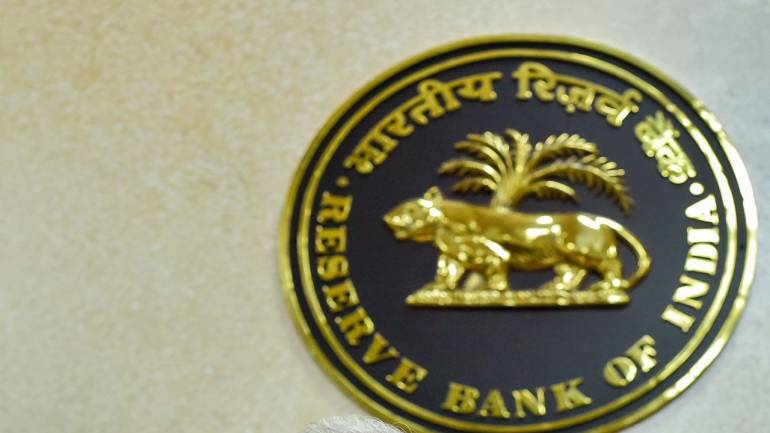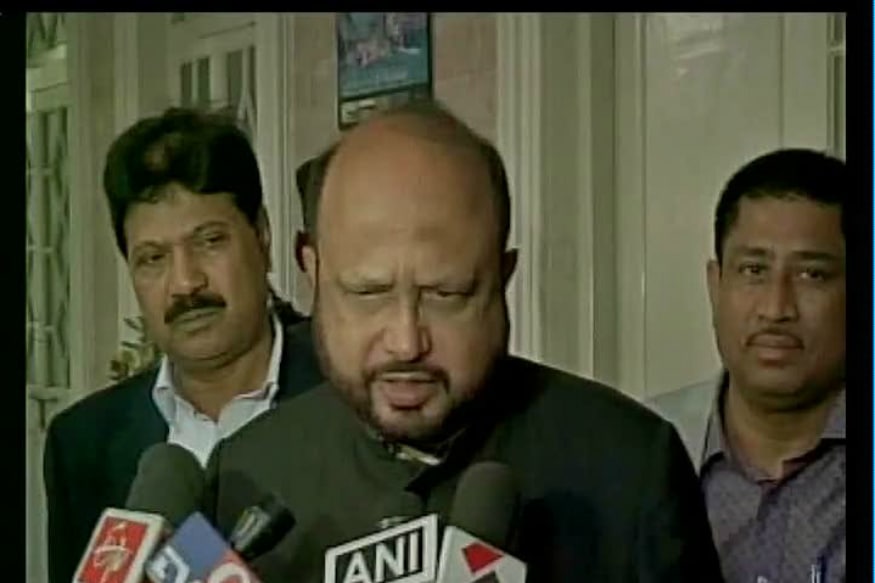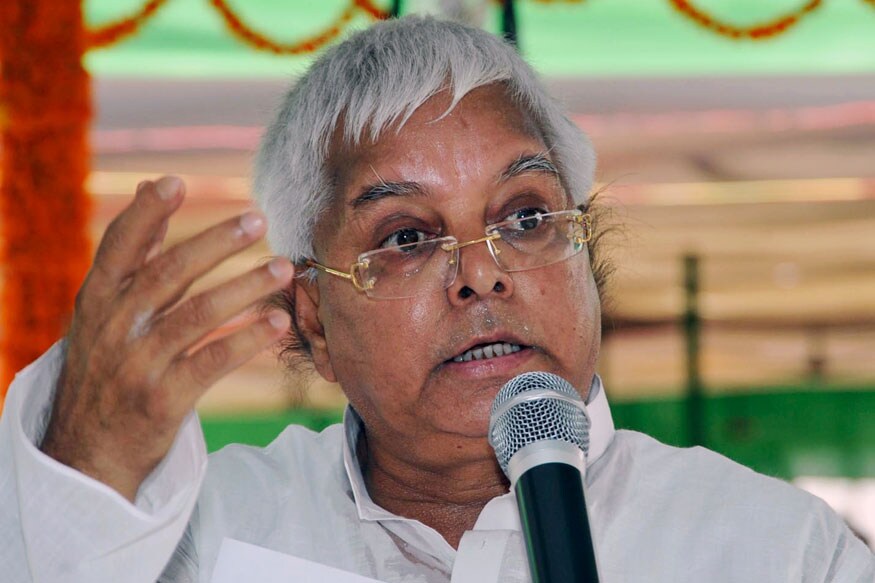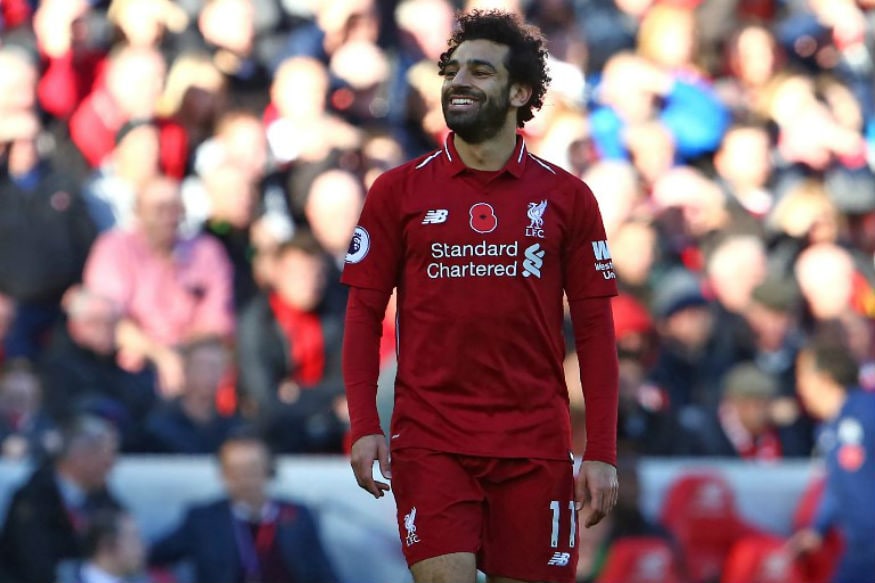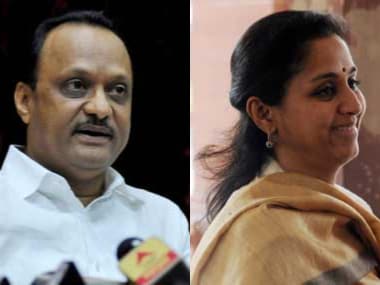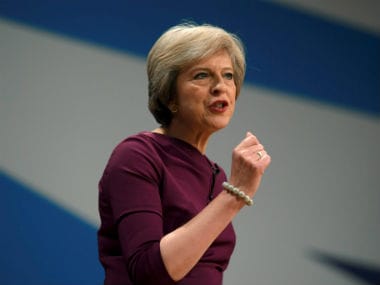The next meeting of the MPC, from April 2 to April 4, will be held in the backdrop of benign inflation and slowing industrial growth.
Manas Chakravarty
Neither the February data on consumer price inflation nor the industrial production data for January change the picture of the economy the Reserve Bank of India painted in its last monetary policy statement.
Consumer price inflation for February was at 2.57 percent, while that for January was revised down to 1.97 percent. The average of these two months is well below RBI's estimate of 2.8 percent for the fourth quarter of 2018-19.
Next, industrial production growth in January was a tepid 1.7 percent, which fits in neatly with the Monetary Policy Committee's diagnosis of weakening growth.
In short, the next meeting of the MPC, from April 2 to April 4, will be held in the backdrop of benign inflation and slowing industrial growth.
What will add further support for a rate cut is the u-turn by both the US Fed and the European Central Bank and a dose of stimulus from China and another warning of slowing global growth, this time from the Organisation for Economic Co-operation and Development (OECD).
But perhaps the biggest incentive for another rate cut is the fact that corporate bond yields have hardened since the rate cut by the RBI in February. Bank deposit rates have not come down and there has been hardly any transmission of the last rate cut.
The MPC is therefore likely to take the opportunity to go in for another rate cut. After all, the repo rate at 6.25 percent is still higher than what it was between August 2017 and May 2018, when it was 6 percent. Consumer price inflation averaged 4.3 percent during that time. That indicates even if inflation goes up a bit in the next few months, there's scope for another rate cut.









